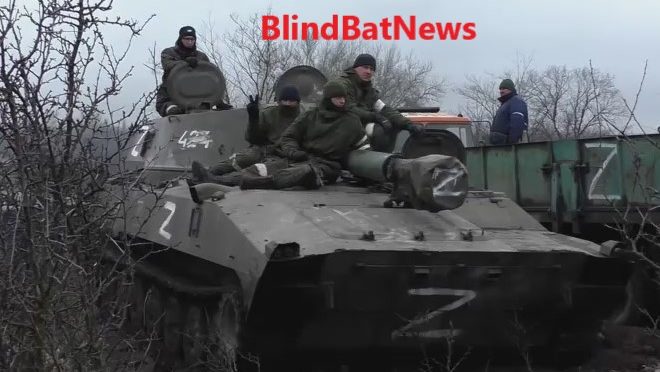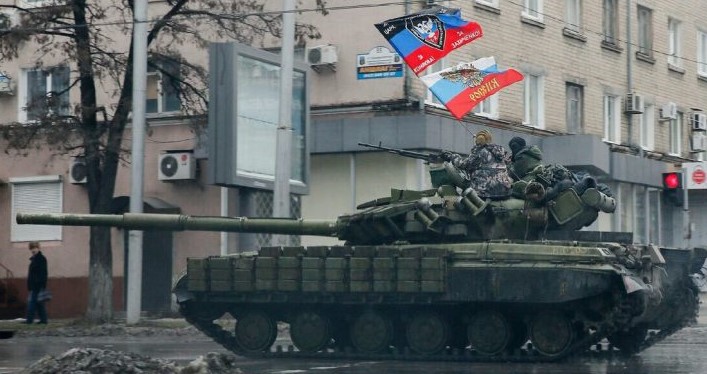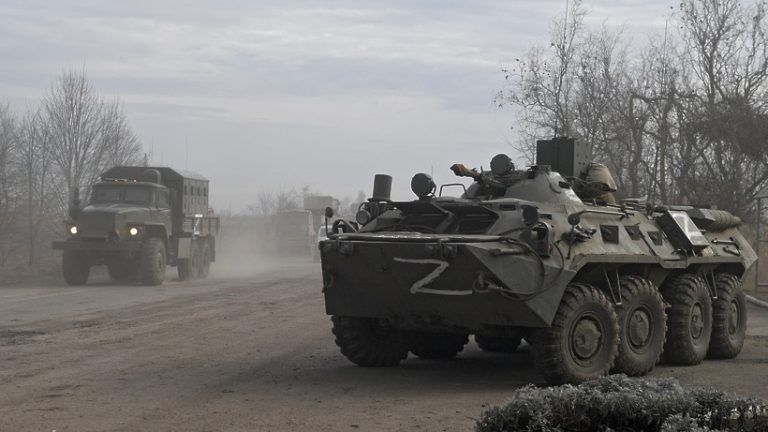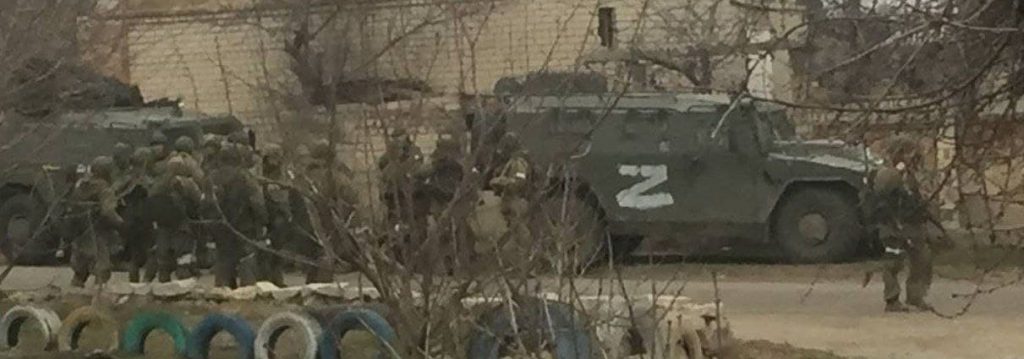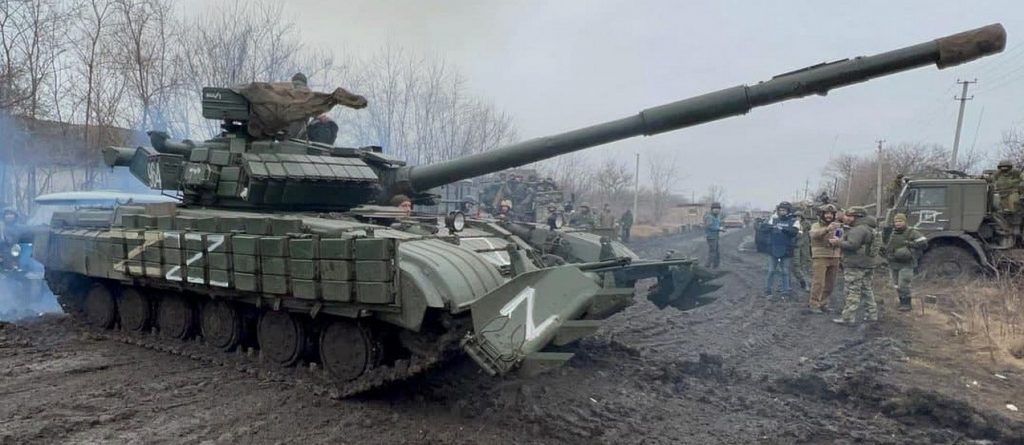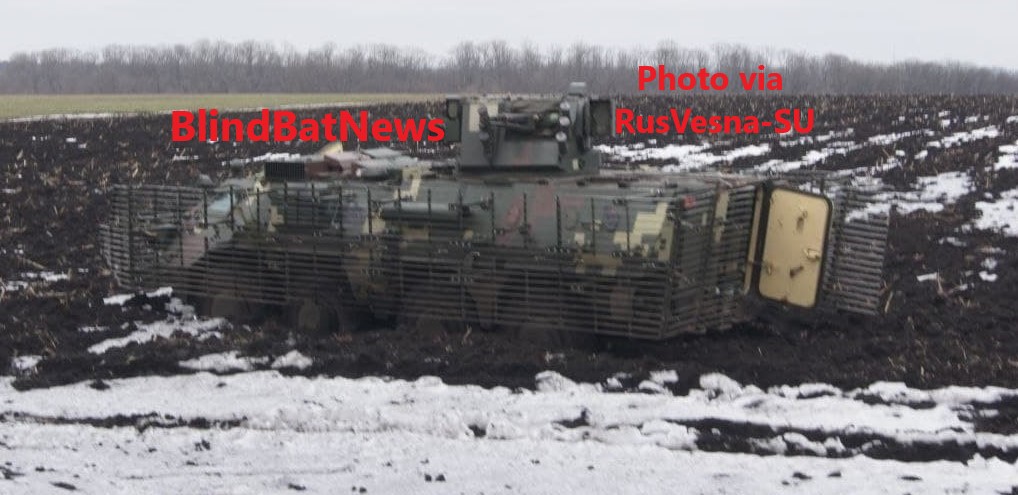11 October 2014 (16:40 UTC-07 Tango)/16 Dhu l-Hijja 1435/19 Mehr 1393/18 Jia-Xu 4712
United States: The Environmental Protection Agency (EPA) confirmed that some radiation escaped into the air around the failed Waste Isolation Pilot Project (WIPP) in New Mexico, but claims “The public doses were well below EPA’s standards.”
EPA also criticized the Department of Energy’s (DoE) air monitoring system: “EPA identified a number of areas needing improvement regarding DOE’s ambient environmental air sampling network, laboratory procedures and incident response protocols.”
More revelations out of WIPP. DoE has revealed that one reason why the investigation and clean up is taking so long is that the main means of transportation down the 655 meter (2150 feet) shaft is broken! DoE officials are trying to make it sound like it had nothing to do with the salt truck fire back on 05 February 2014, but that just happens to be the day the massive elevator stopped working.
DoE officials claim the hoist system stopped working because of soot accumulation on the electrical components. Just more proof it was a massive fire.
WIPP is now affecting the state of South Carolina. The Savannah River Site (SRS) has been told that nuclear waste shipments to the WIPP are on hold until at least 2016, or even longer: “Resumption of full scale operations at the Waste Isolation Pilot Plant may not occur until 2019 and could cost up to $551 million, though initial operations are slated for resumption in early 2016 at a cost of about $242 million.”-DoE report
I assume this delay in nuke waste shipments also applies to LANL in New Mexico, INL in Idaho and other nuclear laboratories around the United States.
Japan: I’ve written many times before about how heavy rain floods through the failed Fukushima Daiichi nuclear energy factory, getting contaminated and then flooding into the Pacific Ocean. Anybody notice how many typhoons have hit Japan this year? So far there have been 19 western Pacific typhoons, at least four hit Japan directly, and at least two came close enough to cause flooding in Japan.
Now, this years largest typhoon Vongfong (now rated category 6 supertyphoon) is heading to the big islands of Japan. The current expected track of the supertyphoon will take it right over Fukushima Daiichi, it is expected to be downgraded by then. On top of that, northeastern Japan was just hit by yet another 6.3 earthquake (followed by a 5.5 quake), in Amoroi Prefecture 400km (248.5 miles) north of Fukushima Daiichi!
About a week prior, Iwate Prefecture (also north of Fukushima Daiichi) got hit with a 5.3 quake. About two weeks ago Fukushima Prefecture got hit with 5 and 5.1 quakes. About one month ago Iwate Prefecture got hit with a 5.1 quake. That same month Fukushima Prefecture got hit with multiple 4 magnitude quakes. About two months ago Fukushima and Iwate prefectures got hit with multiple 4 magnitude quakes. Three months ago Fukushima Prefecture suffered a 6.5 quake and Iwate a 5.7 quake, on top of numerous 4 magnitude quakes. There hasn’t been a month in 2014 when Fukushima or Iwate prefectures hadn’t experienced a single 4 to 6 magnitude earthquake. In fact, the big island of Honshu has been racked by 4 to 6 magnitude quakes all year.
The German news source DW interviewed Michael Maqua, who works for pro-nuke GRS (Gesellschaft für Anlagen und Reaktorsicherheit). He gave typical assurances that nothing will happen at Fukushima Daiichi when Vanfong hits, but gave this warning: “Apart from physical damages to construction equipment, we could expect radioactive isotopes from contaminated surfaces being washed away and transported into the groundwater or the sea. Over the past days, the concentration of radioactive substances in the groundwater has increased significantly at some of the plant’s measuring points and, according to TEPCo, this was caused by the recent heavy rains.”
Tokyo Electric Power Company (TEPCo) has run out its latest unsecured debt financing, and hasn’t paid it off. No problem, the Japanese government convinced the three banks to simply refinance TEPCo for another six months. Those Too Big to Jail banks are Sumitomo Mitsui Banking, Bank of Tokyo-Mitsubishi UFJ, and Mitsubishi UFJ Trust and Banking.
It was revealed that not only has TEPCo failed to pay many of their throwaway workers promised hazard pay, but some of those that did get paid got a whopping $36 USD! TEPCo had promised $180 per day in hazard pay.
Canada: The Canadian national government has ordered nuclear power plant operators to provide all residences, businesses and institutions living within 16km (10 miles) radius of nuke factories potassium iodide pills. The decision was made by the Nuclear Safety Commission. Back in June the NSC advised Canadians to stockpile iodide pills.
Norway: Scientists are alarmed over a sudden 5 times increase in radiation levels contaminating reindeer!
In September the reindeer had 82-hundred becquerels of celsium-137 per kilo. Compare that to 2012 when they had 1500bq.
It’s not just reindeer but sheep as well, some have tested out at 4500bq! 600bq is the max limit considered safe to eat. But Norway isn’t blaming Fukushima Daiichi, they’re blaming the 30 years old Chernobyl disaster.
Scientists claim that the gypsy mushroom is soaking up radiation contamination caused by Chernobyl after the 1986 meltdown: “This year, there has been extreme amounts of mushroom. In addition, the mushroom season has lasted for a long time. And the mushroom has grown very high up on the mountains.”-Lavrans Skuterud
Norway is 1686.5km (1048 miles) by air from Chernobyl. This proves that nuclear accidents never go away!
“…you are killing us…!”
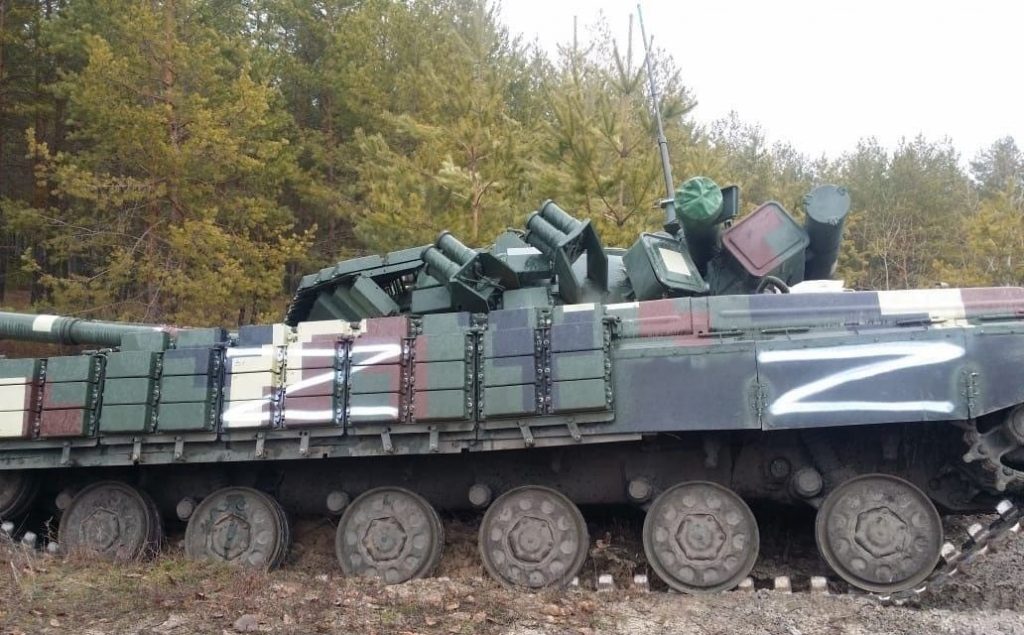
 RUSSIAN T-72B3M LIVE FIRE CRIMEA!
RUSSIAN T-72B3M LIVE FIRE CRIMEA!